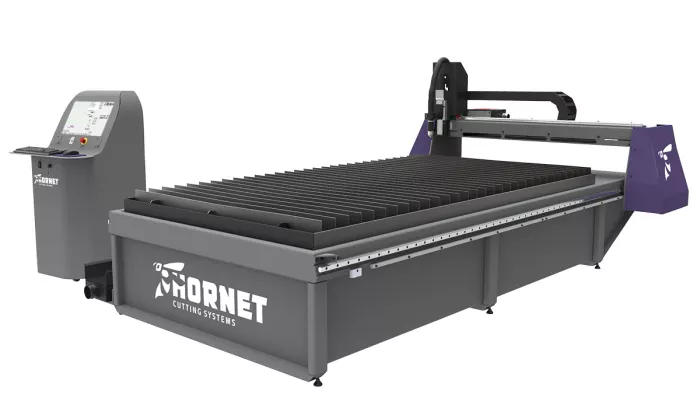Metal fabrication takes skill, precision, and strength. In the old days, it mostly meant using saws, welders, and grinders. That’s how things were done.
But these days, a lot has changed, which is why fabrication has stepped into a new era. Accuracy, speed, and automation have become a big deal if you want to keep up. No matter whether you’re working on structural parts or custom pieces, the process has gotten more complicated. At the same time, the tools have come a long way, too.
So, what’s behind this development? Let’s look at how modern tools are simplifying even the most complex fabrication processes and what every business should know before upgrading. Read on!
It involves the art of cutting, shaping, and putting together different metal pieces to make different structures or parts. This can include:
Let’s break down the most game-changing tools used in today’s metal fabrication organizations. Have a look!

Plasma cutting has always been known for how fast and precise it can slice through metal. It works by using an electrically conductive gas to make those clean cuts. But when you add computer-controlled movement into the mix, it becomes even more powerful.
That’s where the CNC plasma table comes in. It merges the raw power of plasma with the precision of CNC automation. The result is a cutting solution that is fast, incredibly accurate, and repeatable.
Why it’s a game-changer:
It’s ideal for custom parts, signage, brackets, and more.
Laser cutters are hard to beat when it comes to getting super precise cuts. They use tightly focused beams of light to melt or vaporize metal. That, in turn, hits the exact spot you need.
These are best used for handling:
These are widely used in aerospace, electronics, and automotive parts.
Waterjet systems cut metal and many other materials using high-pressure water — sometimes with abrasive particles added.
Why use it?
Fabricators working with composites or heat-sensitive metals often prefer waterjets.
Bending and shaping metal accurately is a key part of fabrication. CNC press brakes allow precise angles to be programmed and repeated flawlessly.
Key benefits:
They’re essential for anything involving custom bends, enclosures, or frameworks.
Before metal ever touches a cutter, it starts as a design. CAD (Computer-Aided Design) and CAM (Computer-Aided Manufacturing) software help engineers draft, simulate, and prep files for cutting machines.
What it does:
This software is what connects design to real-world production.
Manual welding still has its place. However, robotic welding systems are leading the way in large-scale fabrication.
Why they’re rising in demand:
They're commonly used in shipbuilding, automotive frames, and heavy equipment production.
Moving heavy metal sheets or parts around a shop takes time and often requires manpower. Today’s fabrication spaces are investing in automated loading and unloading systems, conveyors, and robotic arms.
The benefits of it are as follows:
Pair this with CNC equipment, and businesses can run smoother and faster with fewer delays.
Once parts are cut and assembled, finishing matters. In this case, belt grinders, deburring machines, and bead blasters-like tools are used. They polish, smooth, or coat metal surfaces.
Why this matters:
Even the best cuts need good finishing to complete the job.
Modern fabrication isn’t just about brute force; it’s about working smarter. Today’s tools don’t just replace manual labor. They elevate the entire process. Whether it’s a CNC plasma table for cutting precision parts, a robotic welder for speed, or software that reduces waste, each piece of tech plays a part in reducing complexity.
Be the first to post comment!